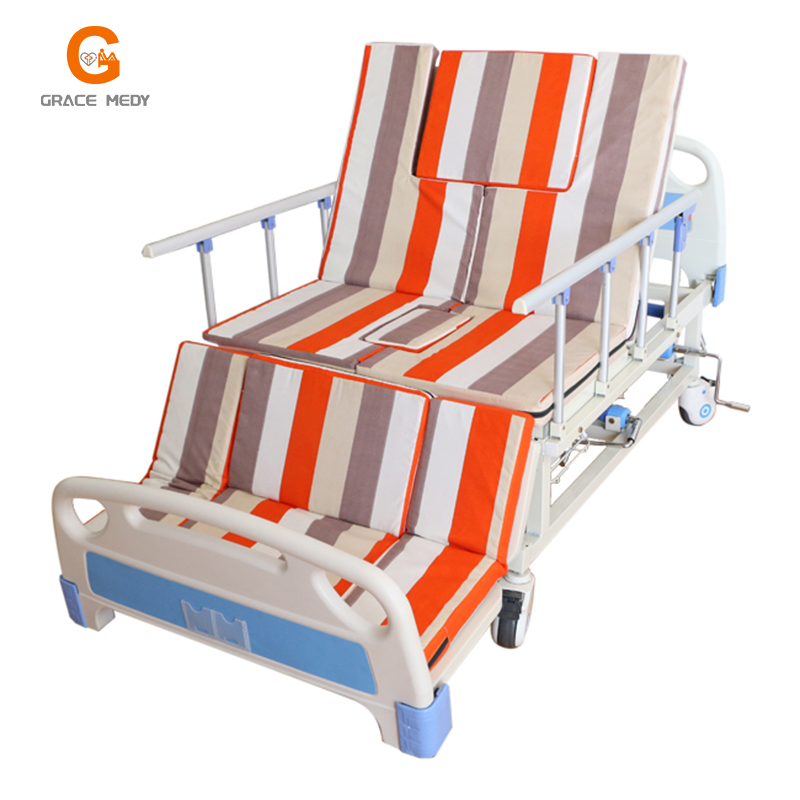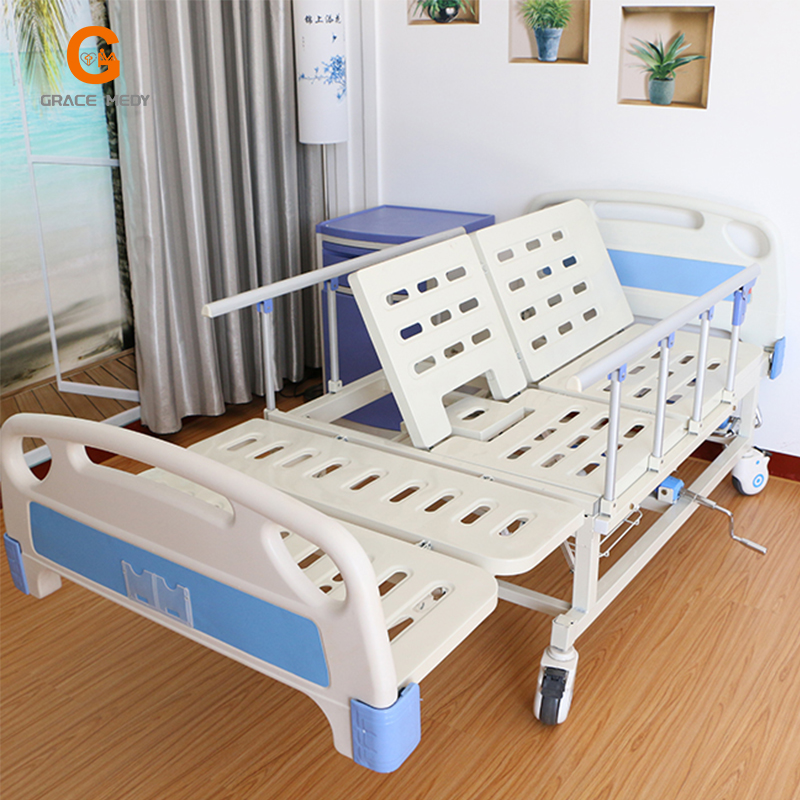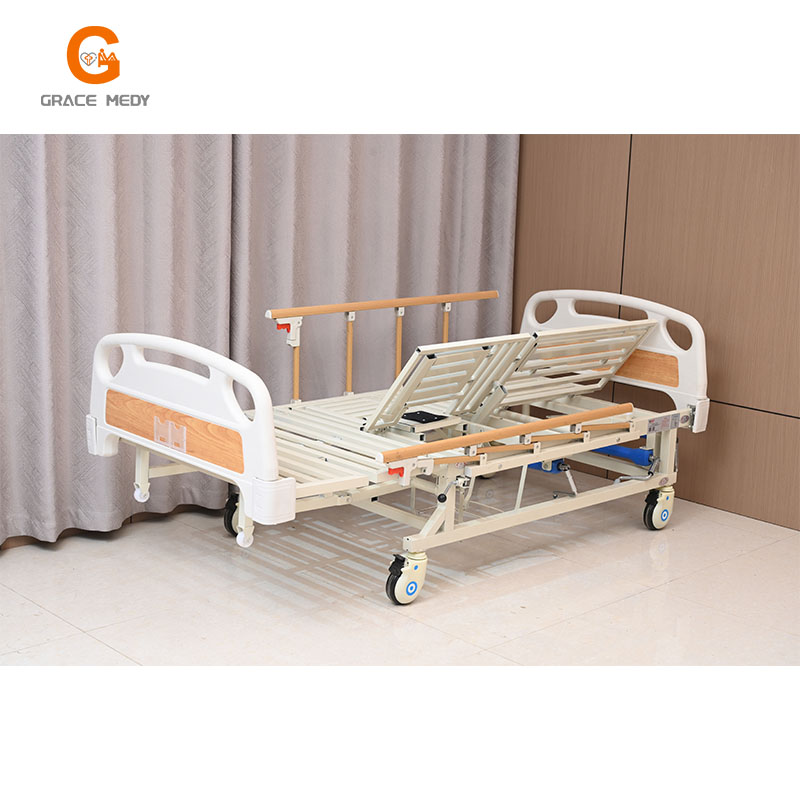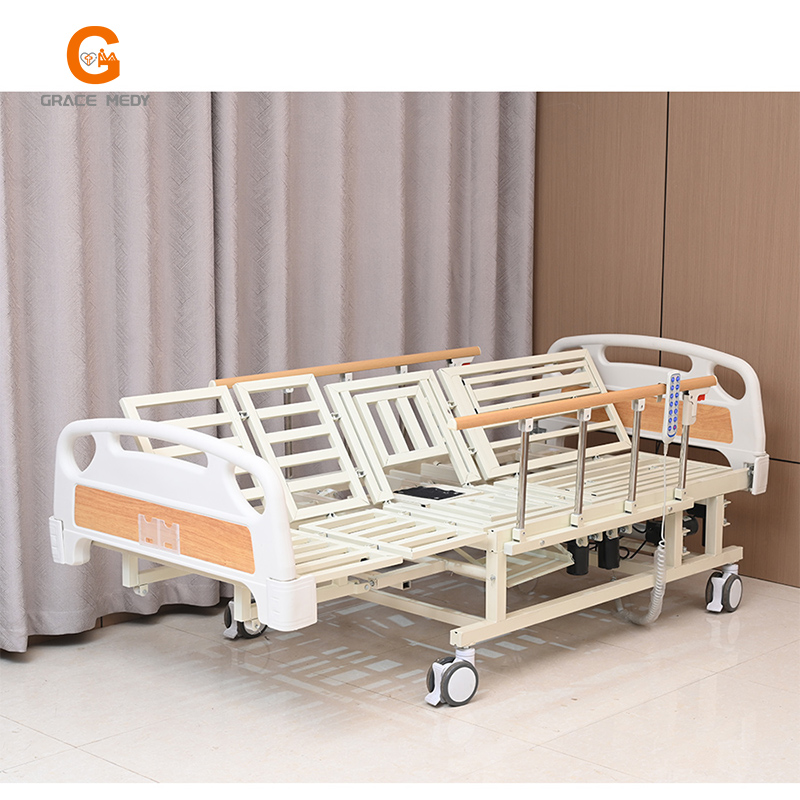1. Avoid long-term compression of local tissues. Change the lying position often, generally turn over once every 2 hours, and turn over once in 30 minutes if necessary, and establish a bedside turning card. When in various lying positions, use soft pillows, air cushions, and gaskets 1/2-2/3 full, not inflatable If it is too full, you can also use a rollover bed, an air bed, a water bed, etc.
2. Friction and shear. In the supine position, the head of the bed needs to be raised, generally not higher than 30 degrees. When assisting with turning over, changing clothes, and changing sheets, the patient’s body must be raised to avoid dragging and other actions. When using the bedpan, the patient should be assisted to elevate the buttocks. Do not push or pull hard. If necessary, use a soft paper or cloth pad on the edge of the bedpan to prevent scratching the skin.
3. Protect the patient’s skin. Clean the skin with warm water every day as needed, and use talcum powder on the parts that are prone to sweating. Those with incontinence should scrub and replace in time. The patient should not be allowed to lie directly on the rubber sheet or cloth, and the bed should be kept clean, dry, flat and free of debris.
4. Back massage. Promotes blood circulation to the skin and prevents complications such as pressure ulcers.
5. Improve patient nutrition. A good diet is an important condition for improving the nutritional status of patients and promoting wound healing.
6. Encourage patient activity. Encourage patients to be active without affecting the treatment of the disease to prevent various complications caused by long-term bed rest.
Both our rollover nursing beds and anti-decubitus air mattresses can be used as tools to prevent bedsores. Please contact us if you need it!
Post time: Jun-24-2022








